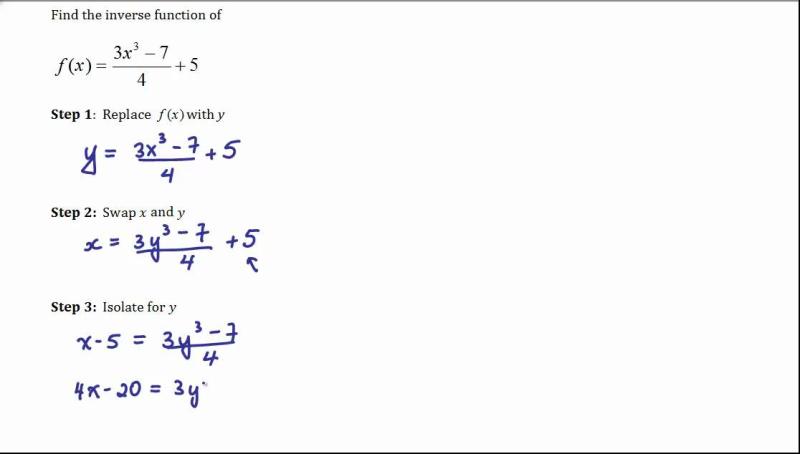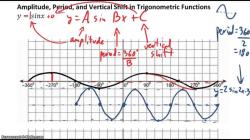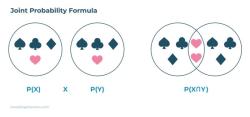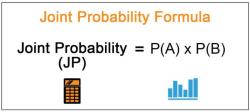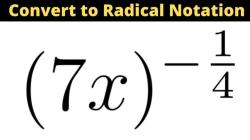How to write an inverse function?
To write the inverse of a function, you follow a series of steps that involve algebraic manipulations and solving for the original variable. Here are the general techniques to formulate the inverse function:
Steps for Writing an Inverse Function:
1. Start with the Original Function:
- Begin with the original function, .
2. Replace with :
- Replace with , turning the equation into .
3. Swap and :
- Swap the roles of and , turning the equation into .
4. Solve for :
- Solve the new equation for . The result is the expression for the inverse function, .
Example:
Let . Follow these steps:
Start with the Original Function:
Swap and :
Solve for :
So, the inverse function of is .
Additional Tips:
Verify the Inverse:
- To ensure the correctness of your inverse function, check that and for all in the domain.
Graphical Interpretation:
- On a coordinate plane, the graph of a function and its inverse are symmetric with respect to the line .
Domain and Range:
- Be mindful of the domain and range when writing the inverse. In some cases, you may need to restrict the domain for the inverse to exist.
One-to-One Functions:
- For a function to have an inverse, it must be one-to-one (injective), meaning that each distinct input corresponds to a unique output.
By following these steps, you can write the inverse function of a given original function. Remember to verify your solution and consider any domain restrictions that may apply.
Procedures for writing an inverse function?
Here are the procedures for writing the inverse function of a function f(x):
1. Swap x and y:
- Replace all occurrences of "x" in the function equation with "y" and vice versa.
2. Solve the equation for y:
- Manipulate the equation algebraically to isolate y and express it solely in terms of x.
3. Replace y with f^(-1)(x):
- Once you have solved for y, replace it with the notation "f^(-1)(x)" to indicate the inverse function.
4. Check for restrictions:
- Some functions may have restrictions on their domain or range due to the inverse operation. Analyze the resulting equation to ensure the inverse function is defined and valid.
5. Verify the composition:
- Verify that the composition of f(x) and f^(-1)(x) results in the identity function, f(f^(-1)(x)) = x, and vice versa.
Example: Writing the inverse of f(x) = 2x + 1:
- Swap x and y: f(y) = 2y + 1
- Solve for y: y = (f(y) - 1)/2
- Replace y with f^(-1)(x): f^(-1)(x) = (x - 1)/2
- Check for restrictions: No restrictions on the domain or range of the inverse function.
- Verify the composition: f(f^(-1)(x)) = 2((x - 1)/2) + 1 = x, and f^(-1)(f(x)) = ((2x + 1) - 1)/2 = x
Additional Tips:
- Not all functions have inverse functions. A function must be bijective (one-to-one and onto) to have an inverse.
- Some functions may have multiple inverse functions, depending on their definition and domain restrictions.
- Consider using graphing calculators and computer software to assist with visualizing and analyzing the inverse function.
By following these procedures and applying them to specific examples, you can effectively write the inverse functions of various mathematical expressions.
